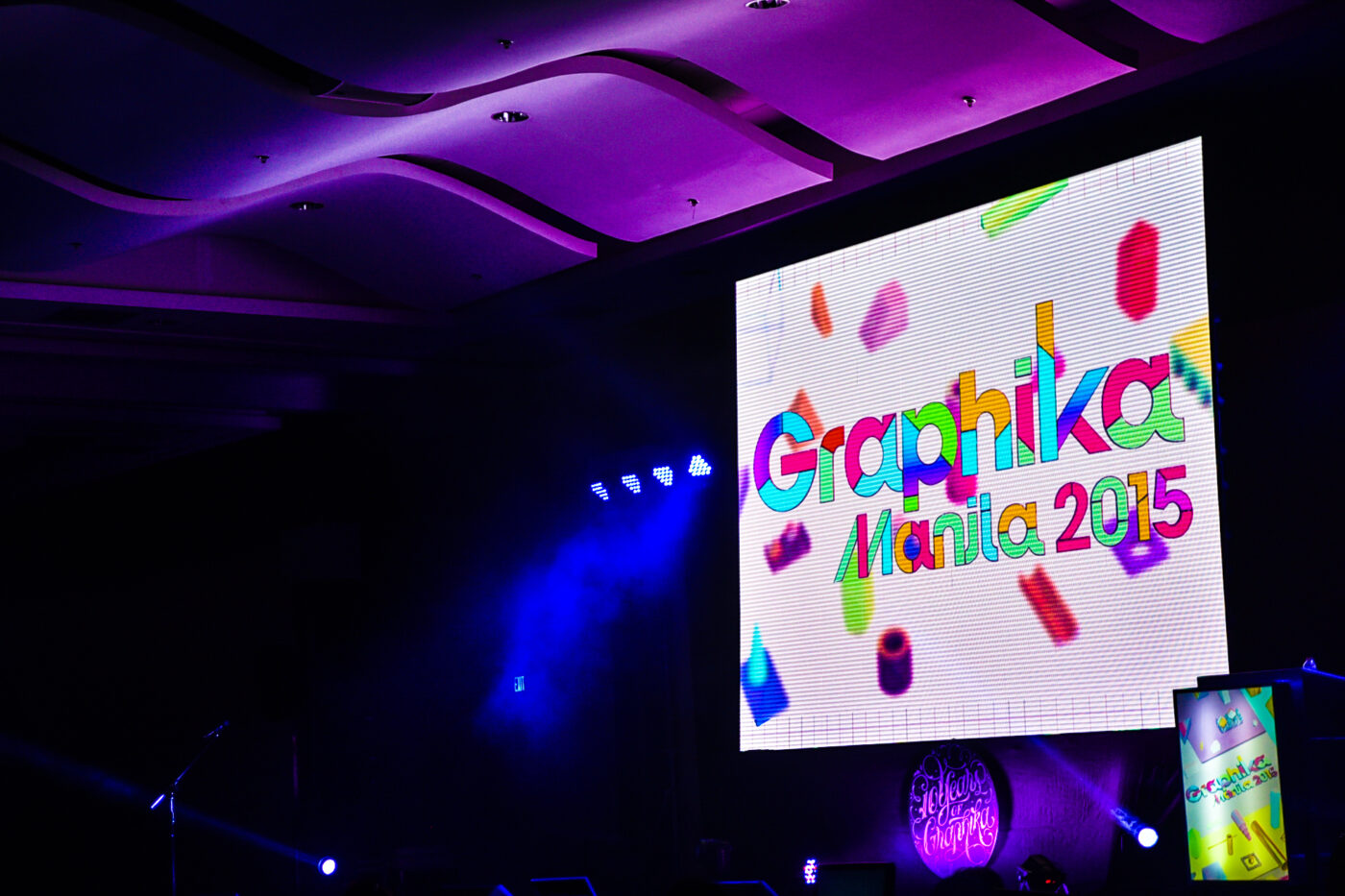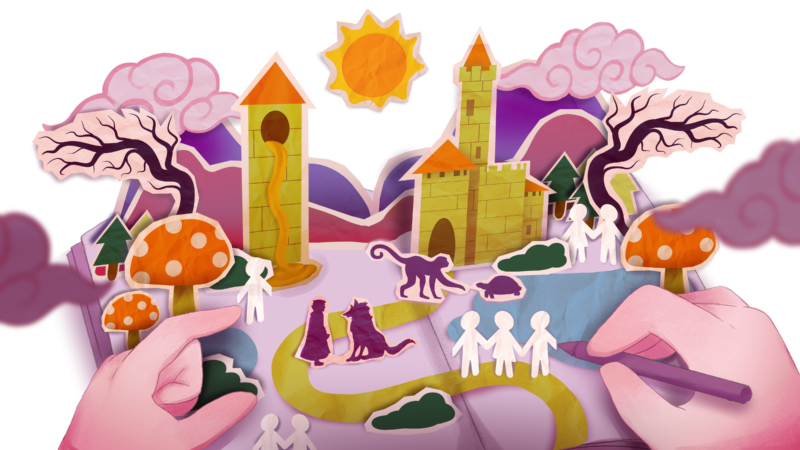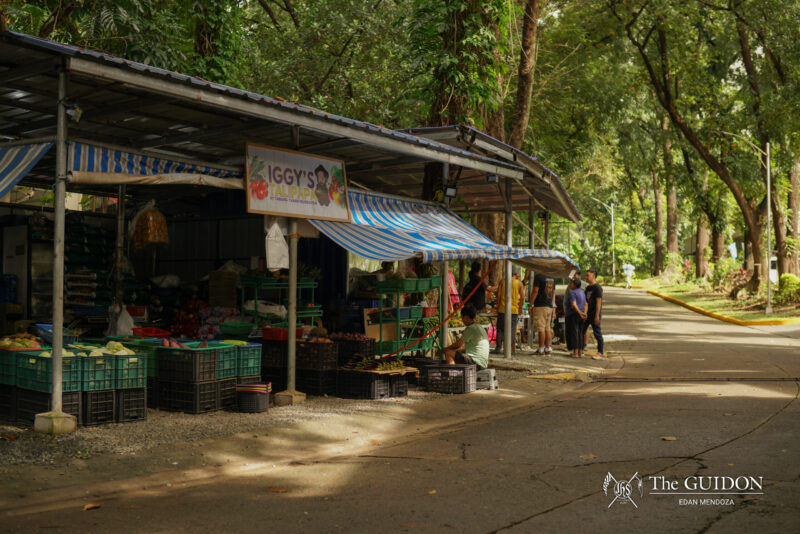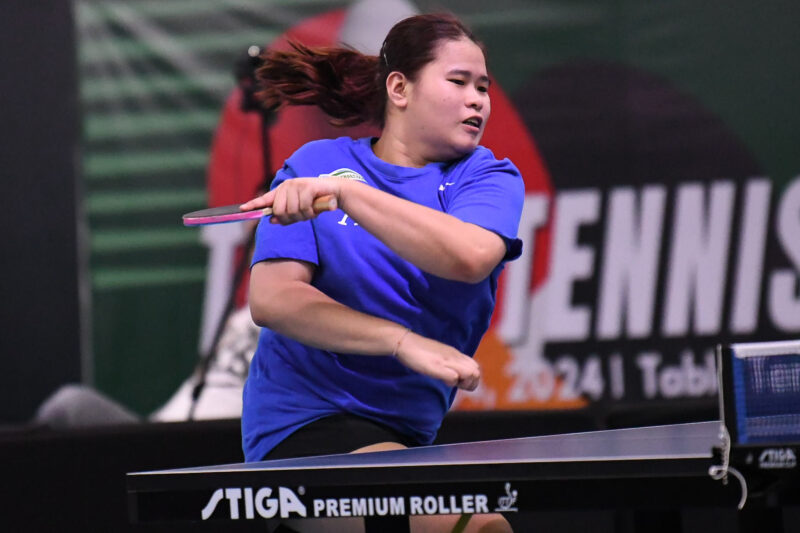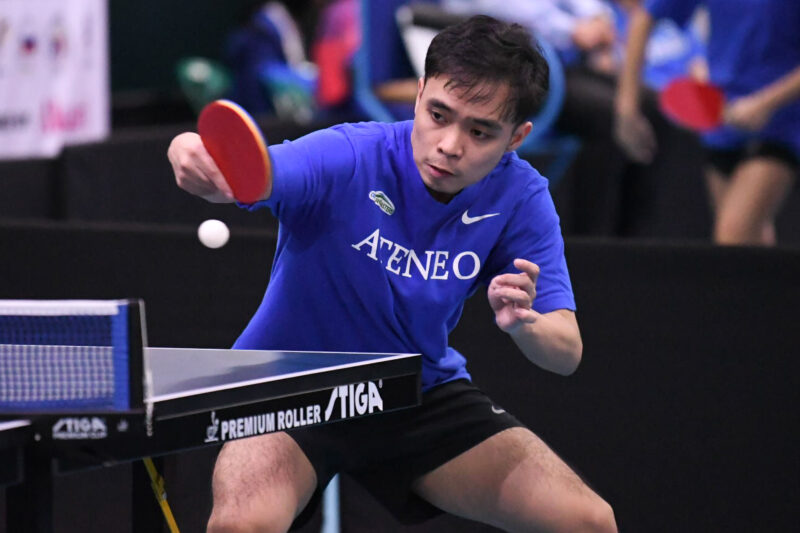“Is there art in 30 seconds?”
The function room is filled with people listening attentively to Sid Maderazo, director of production house 88storey films, as he poses this question to the audience. The lights are out and all eyes are on the screens as he shows them one of his best commercials: The Coca-Cola beat game that aired back in 2004, where two girls sit across from each other and sing, “Gets mo na / Gets mo na / ang AHHH, Coca-Cola!” before downing the drink on a hot afternoon.
Maderazo is just one of the many creatives who were welcomed in Graphika Manila, often hailed as the “premier creativity and design event in the Philippines” as it has been attracting several hundreds of design enthusiasts, students and professionals every year for 10 years now. With specializations in film, animation, fashion, print and graphic design, the speakers convene to talk about not only their career and the projects they’ve taken on, but also the way design can solve relevant problems.
Beyond events like Graphika Manila, many opportunities also serve as a platform for local designers, from Design Week Philippines to recent Atenean events such as the Ateneo Heights Artists Workshop (AHAW) and 64: The Information Design Seniors’ exhibit held last January 26 to February 6.
The idea of design as a solution has never held as much water as it does today: From rebranding an entire company to creating a simple logo, there is a rising demand for effective visual design in the 21st century.
Art in forms
The evolution of technology has made a huge impact in the way art and design is practiced. For Machineast Design Directors Fizah Rahim and Rezaliando, this means more explorations with 3D based graphic design, aside from illustration-based, flat vectors. “The software allows me to replicate real world physics in design,” adds Rezaliando, who experiments with motion designs that play around with physics concepts, giving 3D-like bouncing balls as an example.
Given how design grows with technology, it is also important for designers to expose themselves to various fields. Pomme Chan, a Bangkok-based graphic designer, emphasizes the importance of experimentation, as she describes the establishment of “What If”—a gallery, shop and art collective that started off as a clothing line. Today, What If sells home decoration pieces, ranging from illustrated ceramics to quilt covers and wallpapers.
In today’s context, some might wonder where the traditional can find its place in a digital world. For Andie Beldua, information design senior and AHAW fellow for photography and mixed media, both complement each other. “I always do my artworks by hand, enhance it in Photoshop, play or invert the colors, duplicate over it, [or] flip it,” she says, adding that she also prints her photos and draws over it.
She believes one cannot replace the other. “There are just some elements and textures that you cannot capture genuinely through a digital medium,” she says. “The personal touch of a hand still conveys something more personal, more honest.” Beldua’s works were shown at the 5th AHAW Exhibit Launch on February 11 to 12. Created in 2010 by former Heights Ateneo Editor-at-Large and visual artist Alfred Marasigan, AHAW selects 10 promising Atenean artists every year and serves as a mentorship program with experienced personalities in the local arts scene.
For Leeroy New, local visual artist and sculptor, integrating technology with art is a given. “Simply the materials that I use are the product of new technology [and] how it’s fabricated,” says New, adding that online platforms are “extensions of [one’s works].” Like New, many creatives also believe that technology enhances art and design, rather than overshadows it.
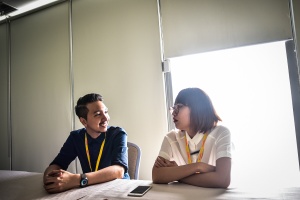
CULTURE OF COLLABORATION. With the design industry becoming increasingly multidisciplinary, collaboration has become more important than ever. (Photo by Andrea G. Beldua)
Rooted artistry
Although Graphika Manila offered some stunning glimpses into how design is practiced in different countries, four out of 12 speakers were our own. New, Maderazo, graphic designer AJ Dimarucot and illustrator Nick Nimor each took turns sharing their stories in ways that hit home with the crowd, what with their Filipino upbringing and influences.
Isai Araneta, an information design senior who has been practicing design for eight years now, believes that graphic design and the creative arts has been booming in the country. “Local design has started to be separate from the idea of just being in an advertising agency. Though the local creative industry is insanely competitive, the people are likewise insanely talented and helpful when nurturing new creatives,” she shares.
Even the national government has taken notice of this need to nurture local design: President Benigno “Noynoy” Aquino III signed a proclamation last October 2011 for a Design Week in the Philippines, a “multi-faceted platform” that has been running yearly since 2013.
The event involves diverse venues for the celebration of design and artistry, such as the Katha Awards for product design and innovation, as well as through cultural tours around Binondo. The talks in Design Week likewise featured leading names and personalities in the local industry, such as Alessa Lanot (AB COM ‘04) of Pipino Vegetarian Food by Pino and Carl Mawawal, chief executive officer of Nyfti Bicycles.
Philip De la Torre, a management junior involved in freelance design work, believes that events like these could help young designers in pursuing their craft. “It’s really easy to lose motivation as an aspiring artist—especially in the Philippines—and I’m glad that there is an avenue for us to get to know people who never stopped trying,” he shares.
Design, driven
Design can be dubbed as art with a function—work that is tailored to meet a specific goal or end. “[Design] should be seen as something working in tandem with what information is being presented, rather than embellishment,” says Manuel Angulo, editor-in-chief of Heights Ateneo, adding that design should be thought of “also in terms of ergonomics, readability and [its target audience].”
[blockquote author=”Isai Araneta, 4 BFA ID” pull=”pullright”]“I think it’s important to say that the Fine Arts Program in Ateneo doesn’t get enough credit for pushing its students into creating design solutions rather than designed solutions.” [/blockquote]The concept of “art with function” is also made apparent in the context of patron-client relationships and freelance work, where design is valued as a solution to relevant issues. 64: The Information Design Seniors’ thesis exhibit was a venue for showcasing just that and more: One exhibit here was an assortment of student-made mobile applications, websites and graphic layouts that sought to address some pressing issues of today, such as sexual harassment, anxiety disorders and road discipline.
Given the recent conclusion of the exhibit, Araneta believes the Fine Arts Program has begun to breed better projects. “I think it’s important to say that the Fine Arts Program in Ateneo doesn’t get enough credit for pushing its students into creating design solutions rather than designed solutions,” she says, explaining how the latter is just aesthetically-pleasing but misses the whole point of reaping results.
Graphic design need not be grand in scale for it to gain relevance. In Arete, the School of Humanities Week that ran from January 26 to 30, various students manned their own booths to sell original works. From button pins, keychains and stickers to small calligraphy commissions, students were able to establish a connection with the people they encountered in the mini art fair. Other initiatives can be seen as well in the construction of the Arete, the Ateneo’s upcoming creative hub, and in the yearly AHAWs that continue to encourage art in the community.
Overall, it seems that the efforts that continue to stimulate local creativity continue to be promising. As Lazir Caluya, information design sophomore and Associate Design Editor of Heights Ateneo, puts it, “More people in the game encourages competition. If more people play in the graphic design industry, [then] there will be more innovations…No one monopolizes design.”
Editor’s Note: Andie G. Beldua is a member of The GUIDON Photos Staff.

